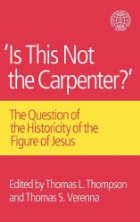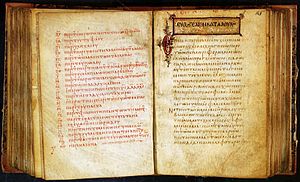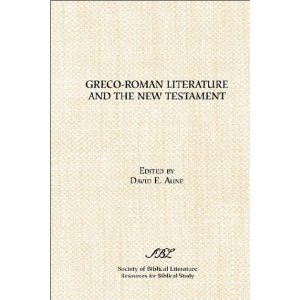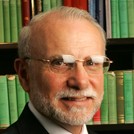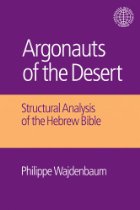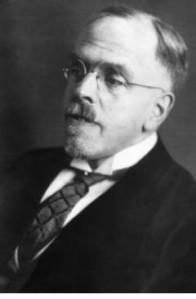I have taken down the gist of the arguments for and against the historicity of Jesus as argued by Richard Carrier (RC) and Mark Goodacre (MG) on Unbelievable, a program hosted by Justin Brierley (JB) on Premier Christian Radio. The program is lengthy, so this post only covers the early part of the discussion. My own comments are in side boxes. Thanks to Steven Carr for alerting me to this recent program.
* Was this a slip of the tongue? Why presume anything? Decent books on history very often contain introductions setting out the evidence for how we know what we know about the figure under study. At the end of the program both RC and MG refer to arguing for the nonhistoricity of Jesus from the lack of evidence for his existence as “hyper-scepticism”. But such an argument is more than ‘hyper-scepticism’. It is the logical fallacy of arguing from ignorance.
But it is perfectly valid to avoid any presumption of the historicity of Jesus if there is no evidence for this. It is perfectly valid to accept as a working hypothesis that Jesus is a theological construct (only) if the only evidence we have for this figure is that he is found only within theological contexts.
RC says he began in the same position as MG, thinking that the idea that Jesus was a myth, not historical, was nonsense. As a historian one starts with a presumption of historicity and one would need pretty good arguments to overthrow this. *
It was Earl Doherty’s book, The Jesus Puzzle, that made the most sense of a mythicist case. While not a perfect case, Doherty produced a strong enough argument to make the mythicist case genuinely plausible. It was this book that made RC think. For instance, Doherty pointed out that the case for the historicity of Jesus is often based on fallacious arguments and speculation (“just as much as mythicism is”). RC from that point considered himself an agnostic on the question.
RC does not think Earl Doherty has proven his case, but he also accepts Doherty’s point that the historicists have not proven theirs, either. “So someone needs to do this properly.”
JB raised Bart Ehrman’s objection that mythicism is motivated by an anti-theistic and anti-Christian bias.
RC: if one wanted to attack Christianity mythicism would be the worst way to go about it. To try to persuade other people one needs to find as much common ground to begin with, and saying Jesus did not exist is not going to help anyone trying to persuade Christians that Christianity is nonsense. RC was an atheist and against Christianity for a long time while still rejecting mythicism.
——————————————-
MG: The more self-conscious you are about your biases and background and context the better historian you can be.
——————————————-
JB: Asked RC to give the bare bones of his argument that Jesus did not exist:
RC: First, a qualification. RC does not think we can be certain that either way, that Jesus did or did not exist. But he thinks the preponderance of evidence supports mythicism. But the evidence for origins of Christianity is so scarce and problematic that we can never have certainty. Continue reading “The Carrier-Goodacre Exchange (part 1) on the Historicity of Jesus”
Like this:
Like Loading...

